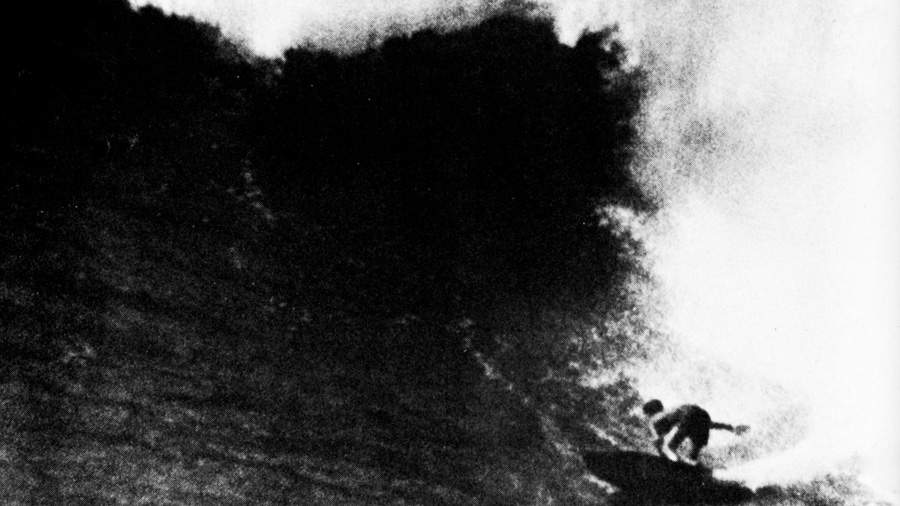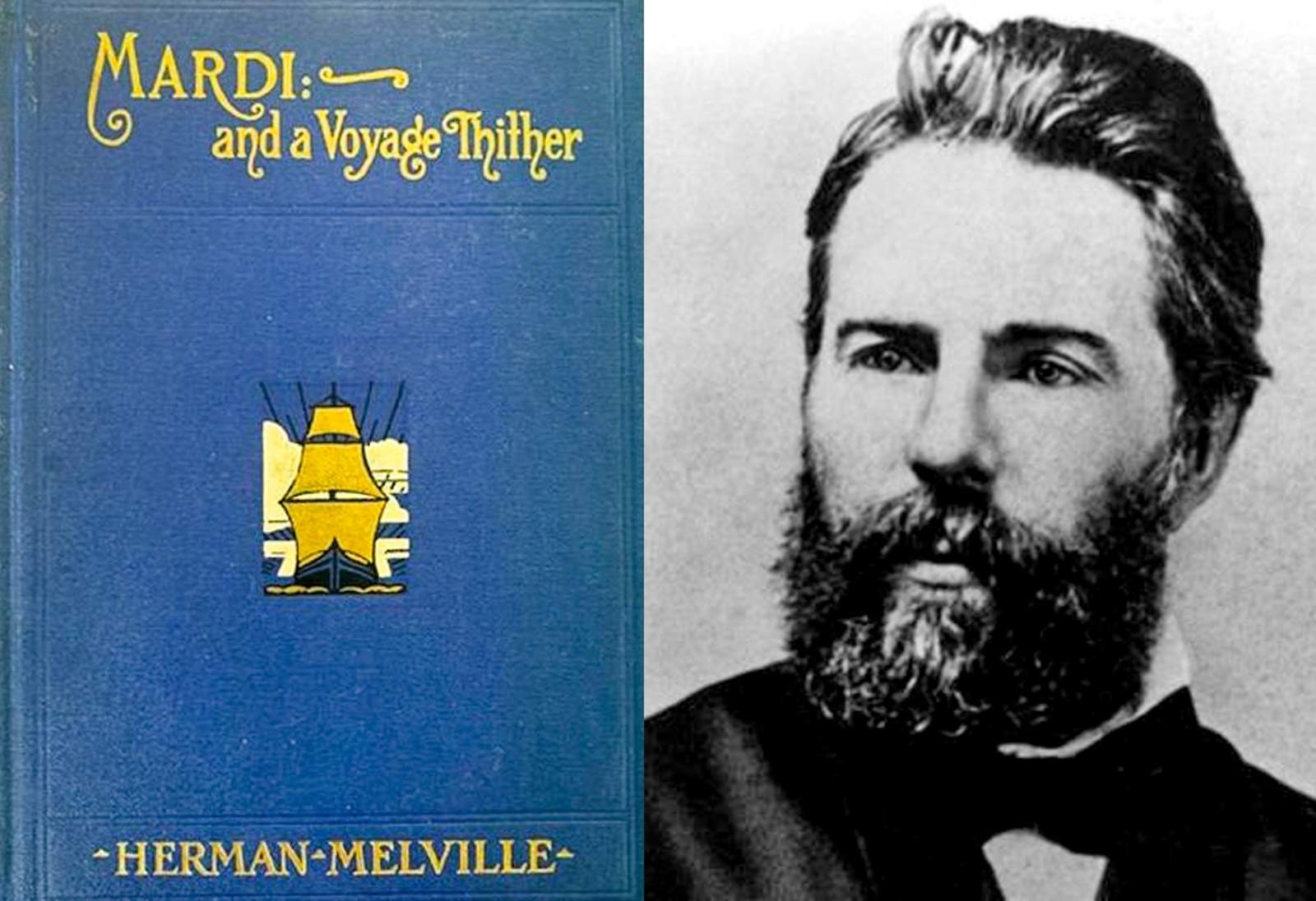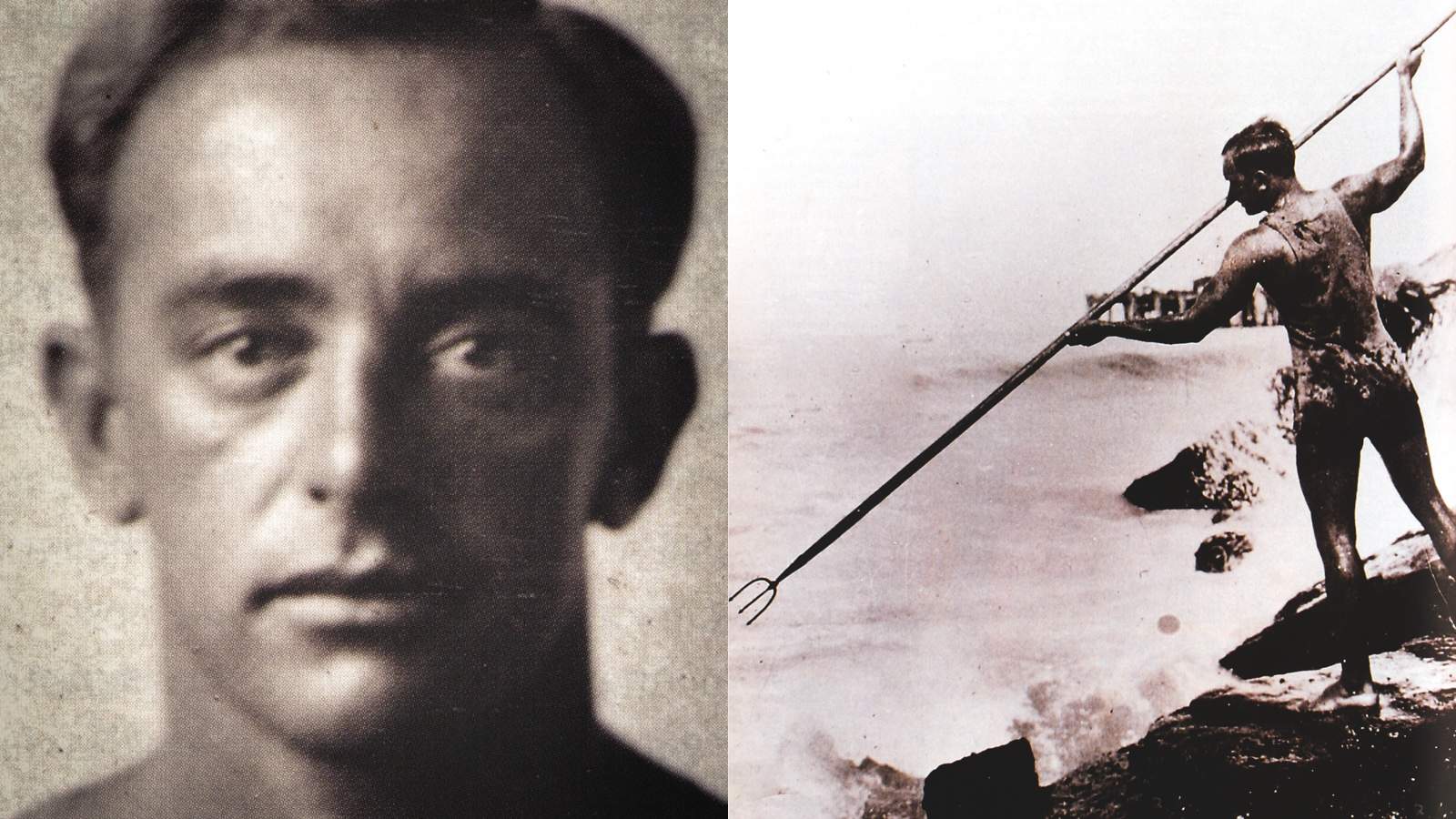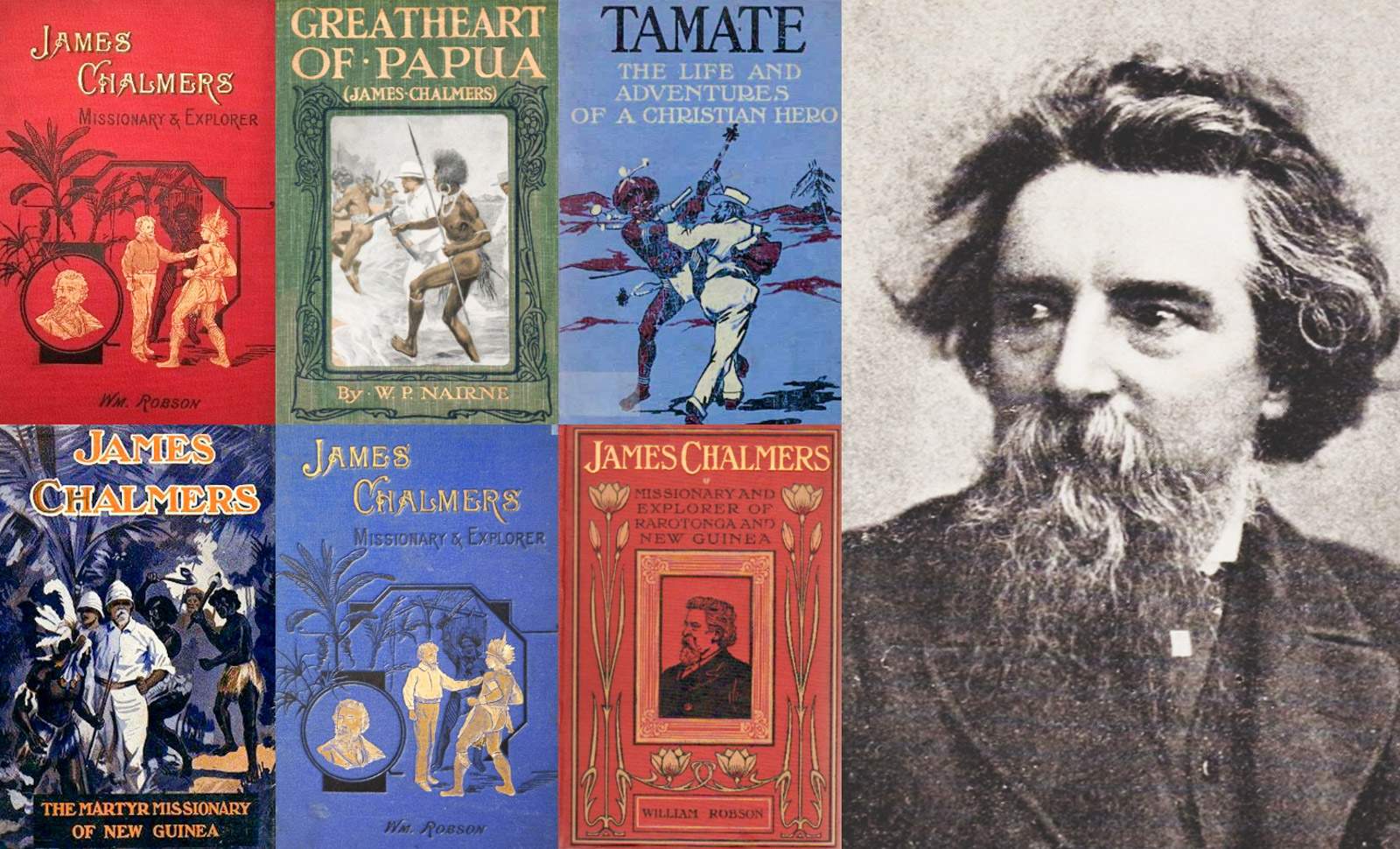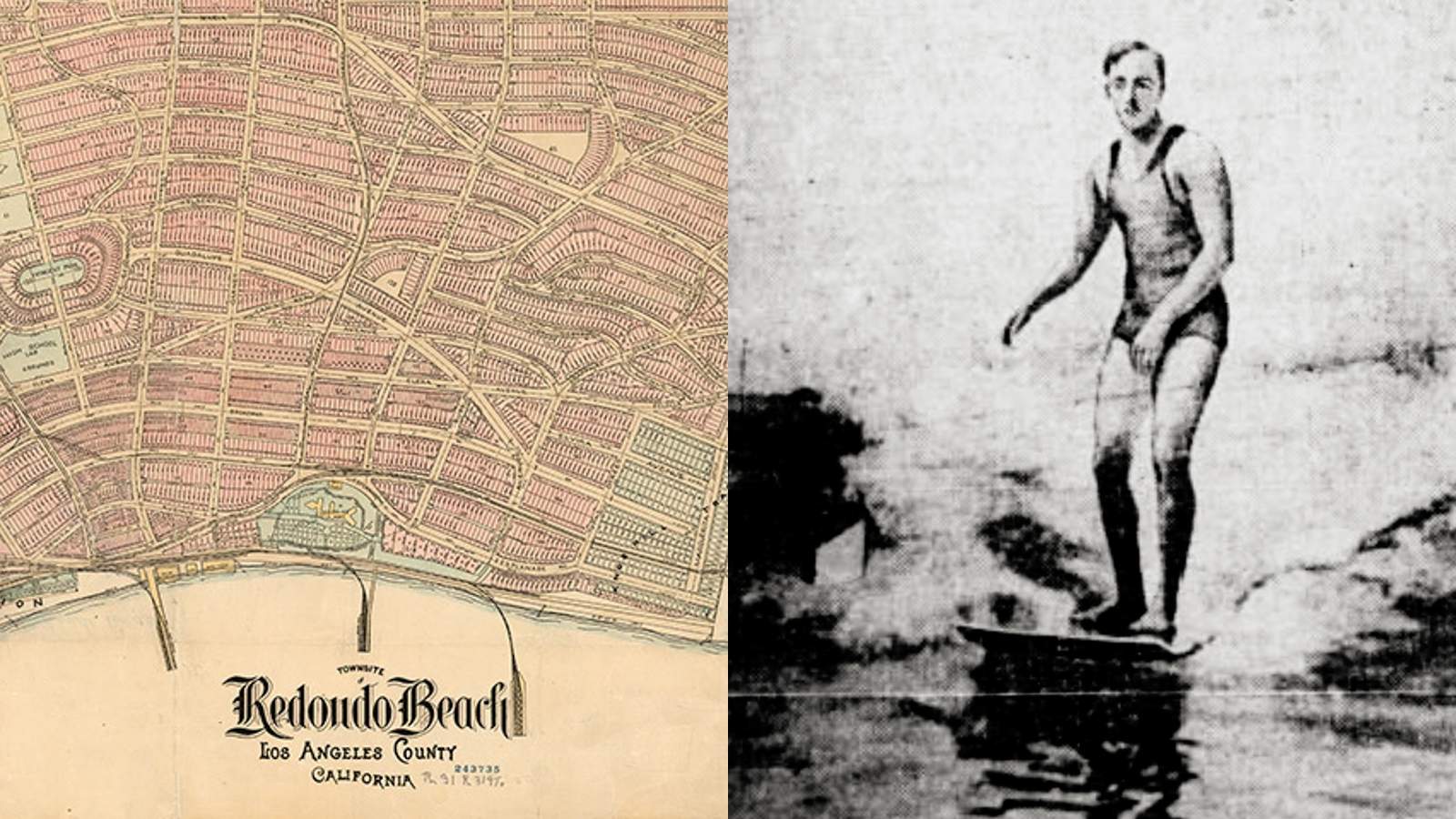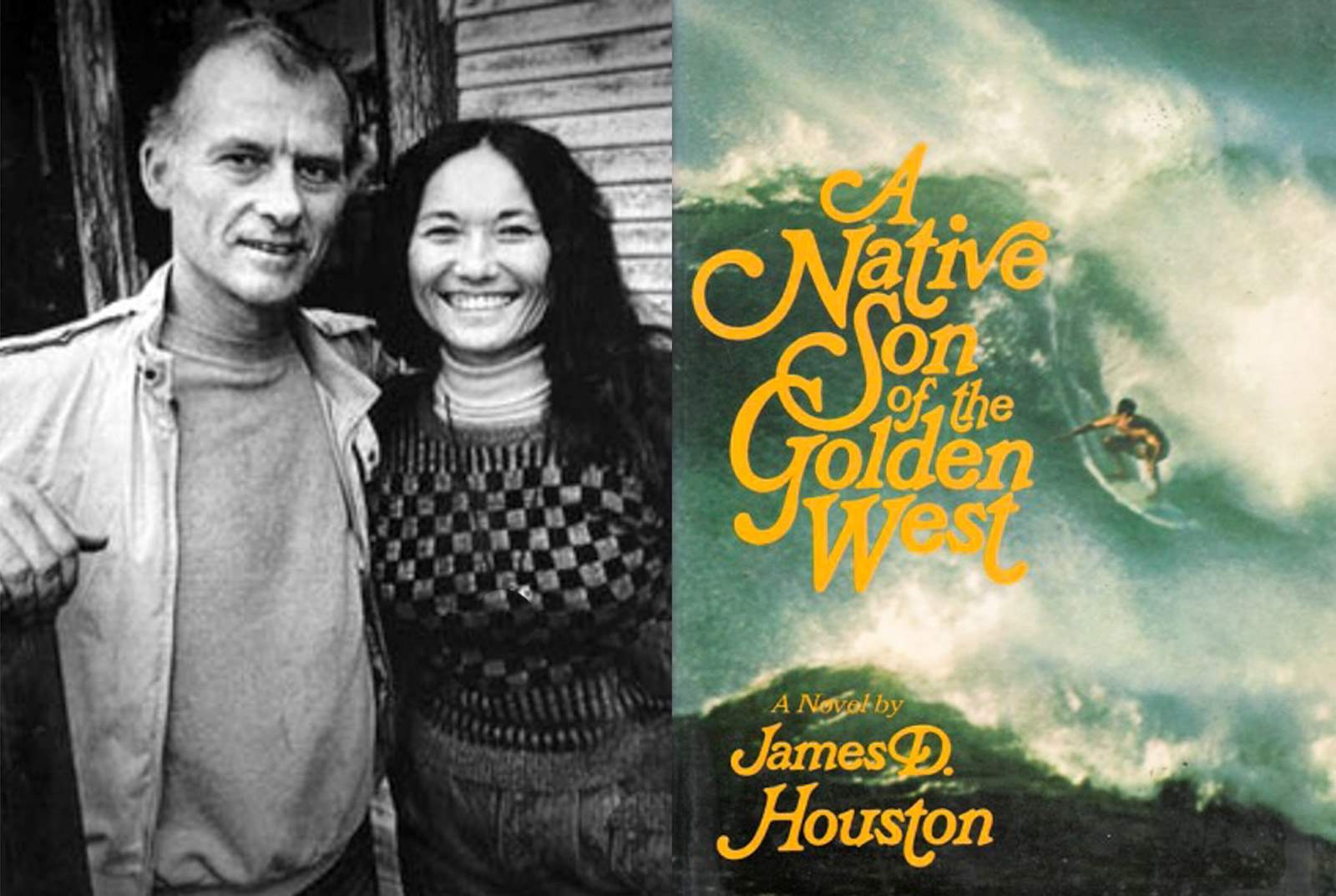
EXCERPT FROM "A NATIVE SON OF THE GOLDEN WEST" BY JAMES HOUSTON (1971)
A Native Son of the Golden West, California writer James Houston’s first novel, was published in 1971; he went on to write several other well-received fiction and nonfiction books, and his essays appeared in the New Yorker and the New York Times. Native Son is set in the mid-1950s, and opens with California surfer Hooper Dunlap flying into Honolulu, where he tracks down his friend Jonas Vandermeer...

